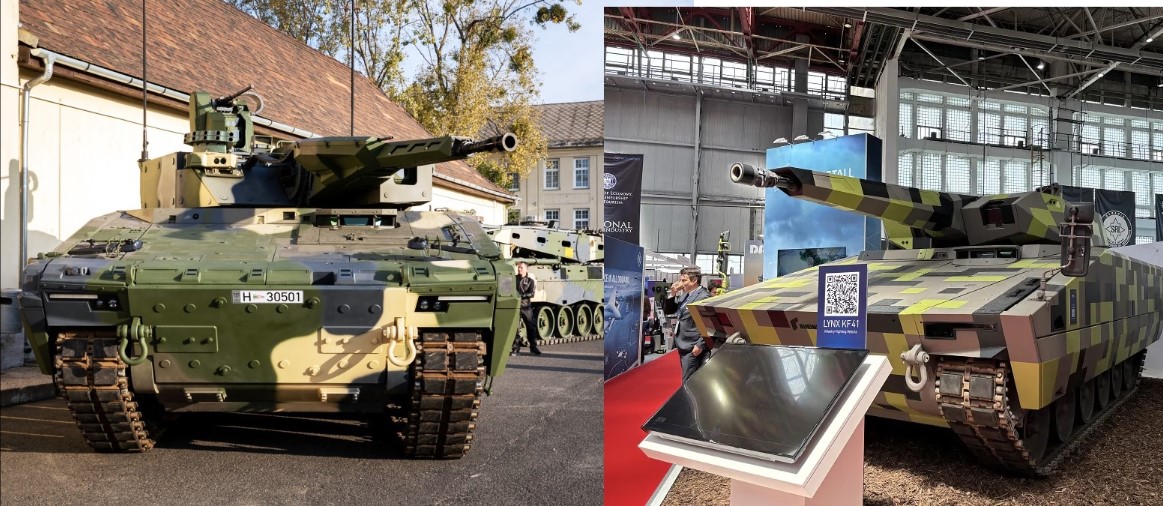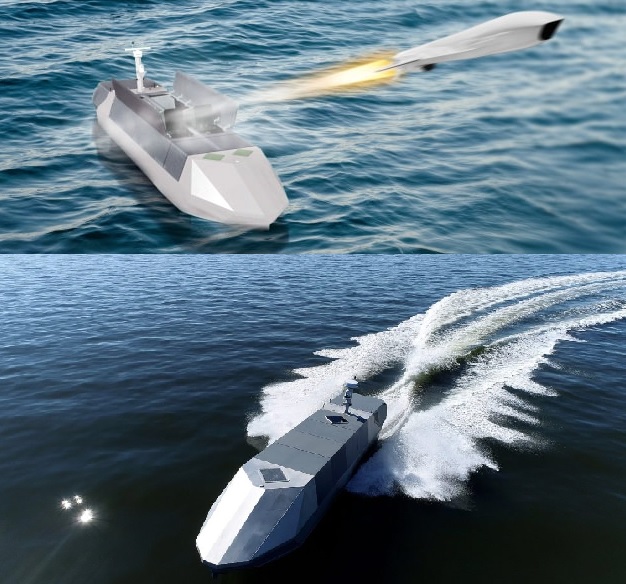U.S. Clears $3.5 Billion Sale of SM-6 and SM-2 Missiles to Germany For F127 Aegis Frigates

The U.S. State Department has approved a significant Foreign Military Sales (FMS) case to Germany for Standard Missile 6 (SM-6) Block I and Standard Missile 2 (SM-2) Block IIIC, with an estimated value of 3.5 billion USD. The decision underscores Washington’s growing emphasis on bolstering European naval air and missile defense capacity as security concerns intensify around the Baltic Sea and North Atlantic regions. According to the Defense Security Cooperation Agency (DSCA), the missiles are destined for Germany’s upcoming F127 air and missile defense frigates, a class that will place Germany among the world’s most capable maritime missile-defense operators.
A Comprehensive Missile Package for the F127 Program
The approved package is one of the most extensive missile procurement efforts in German naval history. It includes 173 SM-6 Block I interceptors and 577 SM-2 Block IIIC missiles, forming the backbone of the F127’s long- and medium-range engagement capability. Beyond the missiles themselves, the sale covers a wide array of essential support systems.
The package provides MK 21 and MK 13 Vertical Launch System (VLS) transport, storage and launch canisters into which the SM-6 Block I and SM-2 Block IIIC missiles will be integrated. It includes MK 21 Mod 3 VLS canisters and MK 13 Mod 1 VLS canisters, ensuring compatibility with Germany’s expanding inventory of Mk 41 vertical launch cells. The sale further incorporates missile and support test equipment, component parts, and the full spectrum of engineering, integration, and test (EI&T) materiel required for missile production and acceptance.
To ensure long-term operational readiness, the package also contains specialized test and handling equipment, detailed technical publication data, and training support for German crews. The United States will provide government and contractor-based engineering, technical and logistics services, complemented by related analytical studies and full product life-cycle sustainment. These elements collectively ensure that the German Navy can operate and maintain its new Standard Missile inventory for decades.
SM-6: Germany Gains a High-End Long-Range Interceptor
Central to the acquisition is the SM-6 Block I, officially designated the RIM-174 Standard Extended Range Active Missile. Combining a proven Standard Missile airframe with an active radar seeker derived from the AIM-120 AMRAAM, the SM-6 gives Germany a transformative capability. With a range publicly estimated beyond 200 kilometers and speeds near Mach 3.5, it offers engagements against aircraft, complex cruise missile threats and certain ballistic missile trajectories in their terminal phase.
The missile’s active seeker allows autonomous terminal guidance, minimizing the need for continuous illumination and enabling effective operations during electronic warfare or low-emission EMCON conditions. In addition to its defensive role, the SM-6 also possesses anti-ship and land-attack potential, providing German frigates with deeper operational flexibility and offensive reach when required.
SM-2 Block IIIC: A Modernized Medium-Range Shield
The SM-2 Block IIIC represents the newest generation of Standard Medium Range Missiles. By incorporating an active RF seeker derived from SM-6 technology, it replaces the legacy semi-active guidance method and significantly boosts survivability in jamming-heavy environments. With an estimated engagement envelope between 100 and 160 kilometers, the missile delivers a dependable medium-range defense layer designed to counter sea-skimming missiles, fast jets and saturation attacks.
Enhanced thrust-vector control and refinements to its control surfaces improve its agility immediately after vertical launch—an important advantage for ships operating in rough seas, especially in the challenging waters of Northern Europe.
F127: Germany Enters the Aegis-Capable Tier
The F127 program marks Germany’s transition into the elite group of navies operating Aegis-capable combatants. Each frigate, roughly 160 meters long and close to 10,000 tonnes in displacement, will operate the Aegis Weapon System paired with the advanced AN/SPY-6(V)1 AESA radar. Two 32-cell Mk 41 vertical launch modules will house the new Standard Missile inventory, while a German-built combat management system will integrate national sensors, electronic warfare suites and communications architecture into the broader Aegis ecosystem.
With the adoption of SPY-6 and the Standard Missile family, Germany becomes fully interoperable with U.S. destroyers and other Aegis-equipped navies such as Japan, Australia, Norway and Spain.
Reinforcing NATO’s Maritime Air and Missile Defense
The infusion of SM-6 and SM-2 Block IIIC into the German fleet will significantly expand NATO’s Integrated Air and Missile Defense (IAMD) presence in Europe’s northern maritime domain. The F127 frigates will contribute real-time data through alliance networks to enhance the Recognised Maritime Picture (RMP) and Common Operational Picture (COP). Their presence will strengthen convoy protection, shield critical sea lines of communication and improve deterrence posture in contested waters.
For the United States, the sale maintains production momentum for the Standard Missile series and deepens transatlantic industrial cooperation. For NATO, it increases the number of European ships capable of performing high-end missile defense tasks—an area where capability gaps have long existed.
Germany Expands Its Air and Missile Defense Ambition
The missile purchase reflects Germany’s wider reorientation toward robust air and missile defense, complementing efforts such as the European Sky Shield Initiative (ESSI) and broader naval modernization priorities. Over the next decade, Germany will shift from being dependent on allied coverage to becoming a leading contributor to Europe’s northern maritime defense architecture.
With the introduction of the F127 frigates and their powerful SM-6 and SM-2 Block IIIC inventory, the German Navy will assume a decisive role in safeguarding NATO forces, deterring regional threats and securing the wider Baltic and North Atlantic theaters.
✍️ This article is written by the team of The Defense News.





